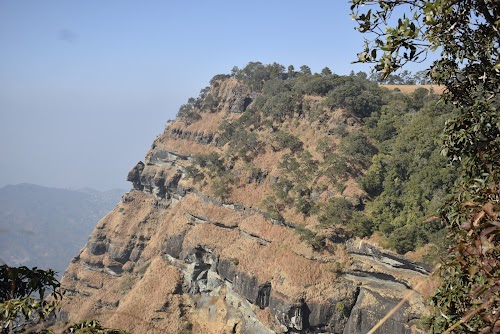
Phawngpui (Blue Mountain) National Park
Champhai, India
- Bird watching in the national park.
- Explore the diverse flora and fauna.
- Learn about local Mizo culture.
- Photography of the scenic landscapes.
- Trekking to the Phawngpui peak.
- Visit the Thorangtlang Wildlife Sanctuary.
Known for:
Description:
Phawngpui, also known as the Blue Mountain, is the highest peak in Mizoram, India, and a revered site for the local Mizo community. The national park encompasses the mountain and its surrounding areas, offering breathtaking panoramic views of the lush green hills and valleys. Tourists can explore diverse flora and fauna, including rare orchids, rhododendrons, and various bird species. The park is a haven for nature lovers and adventure seekers, with trekking trails leading to the summit. The park is also steeped in local folklore and legends, adding a mystical charm to the experience. Permits are required to enter the park, and it's advisable to hire a local guide to navigate the trails and learn about the region's rich biodiversity and cultural significance. The journey to Phawngpui from Champhai is an adventure in itself, offering glimpses of rural Mizo life and stunning landscapes.
History:
Phawngpui holds deep cultural and historical significance for the Mizo people. The mountain is considered sacred, believed to be the abode of spirits and deities. Historically, the area was used for traditional hunting and gathering practices by local tribes. The British colonial administration recognized the area's ecological importance in the early 20th century, leading to initial conservation efforts. In 1992, Phawngpui was officially declared a National Park to protect its unique biodiversity and cultural heritage. Since then, the park has been managed by the state government with support from local communities. Efforts are ongoing to promote sustainable tourism and educate visitors about the importance of preserving the park's natural and cultural resources. The park's history is intertwined with the history of the Mizo people, reflecting their deep connection to the land and their ancestral beliefs.